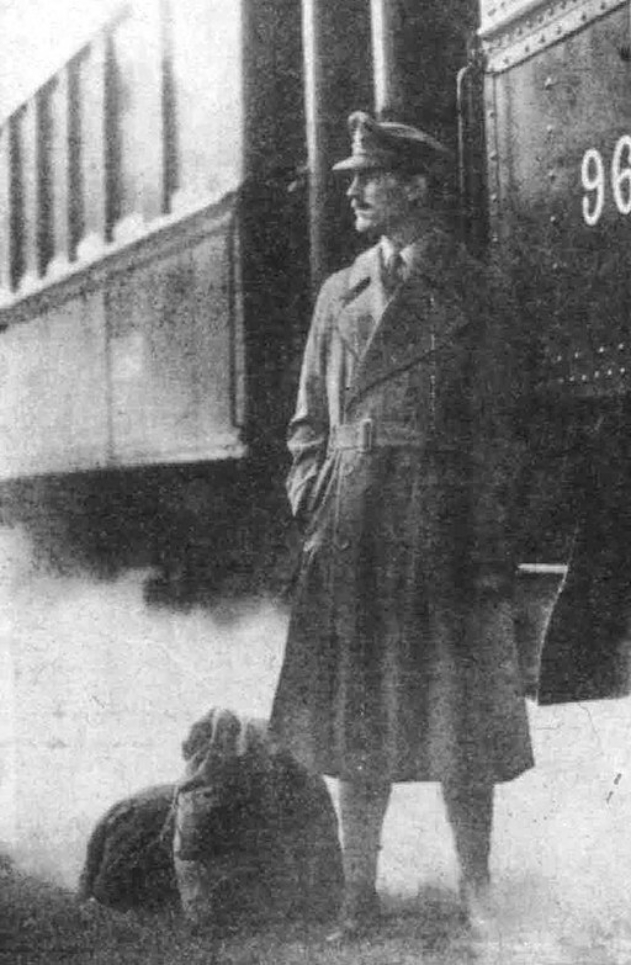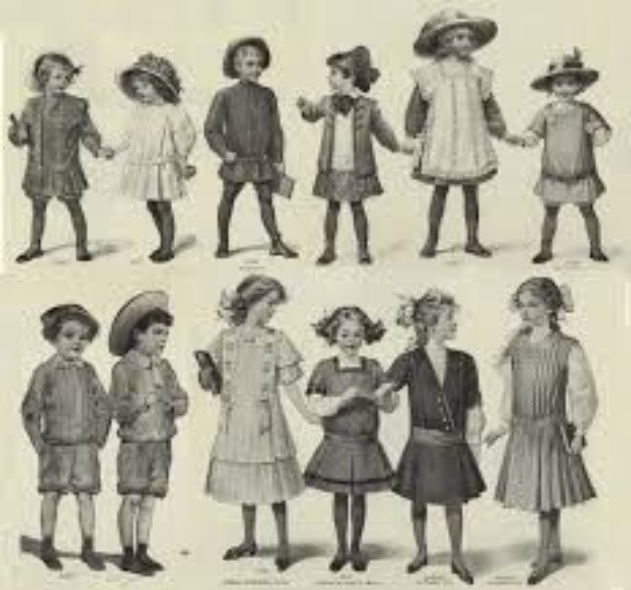1910s: Disappearing Corsets, Healthy Fashion and Feminism
In our series of blogs on ‘dating photography from fashion’, we have reached the 1910s. This decade can be divided into two main periods: before the war and during the war.
The war in question was World War I, of course; but let’s focus on the fashion...
At the start of the decade for women’s fashion, the S-curve of the 1900s softened, although it was still focused on the top half of the body. As the decade progressed, the straight skirts of the earlier years of the 20th century started to taper in at the bottom. Some of these were so tight it made it difficult for the wearer to walk! They were often worn with tunics or jackets over the top.
Other than this there were some new fashions that came into being – one of which was wide-brimmed, stylish hats. These were embellished with feathers, ribbons, veils or other decorative features.
Women’s boots with high, curved heels resembling men’s church shoes, but in a feminine style, became popular. They commonly had a rounder shape, or bows, with slimmer heels. In the evening, women often wore shoes with small heels, or slippers, similar to court shoes.

Curveless female fashion.
The fashion designer Paul Poiret introduced a playful side to fashion in the USA, and he also credits himself with getting rid of the corset (however, other designers were moving in that direction, too). This meant that clothes started to fit the contours of the female body more naturally.
In the UK, corsets were still worn but they became longer and less restrictive. Part of this was due to women becoming more aware of the effect of their clothes on their health. Feminism also started to influence fashion with men supporting women in developing less restrictive clothing. Women started entering professions and adapted men’s work-clothes as part of this process.

Men’s Fashion
Men’s fashion was similar to that of the previous decade. Trousers were becoming narrower and shorter, with creases down the front and turn-ups starting to appear. This was possible due to the invention of the trouser-press in the mid-1890s.
From 1914 until the end of the decade, men were most often photographed in military uniform but during this time the trench coat also became popular (fashionable is probably not the right word). As the name suggests, the coat was named after the trenches of the First World War. A water-resistant, khaki coloured coat that was lighter than the official coat issued by the British Army, it kept the wearer warm and dry. It was worn by women, as well as men, during the war. After the war, the trench coat became popular as everyday wear, particularly in the USA.

Children’s Clothing
In this decade the constraints of the war led to material rationing. This meant the smock dresses, which had been popular for young girls since the 1890s, became shorter and less embellished. Many girls wore light-coloured, dropped-waist dresses. One effect of this was that girls looked less like small women. This trend was similar for boys too with school uniforms appearing and shorts rather than trousers becoming popular for younger boys (being a more practical type of dress). Teenagers started dressing like adults.
For younger children knitted fabrics were popular. They were comfortable, stretchy, easy-to-make and gave greater freedom of movement than other types of fabric.

Make sure to look out for our next article, where we take a look at the post-war fashions of the roaring twenties.